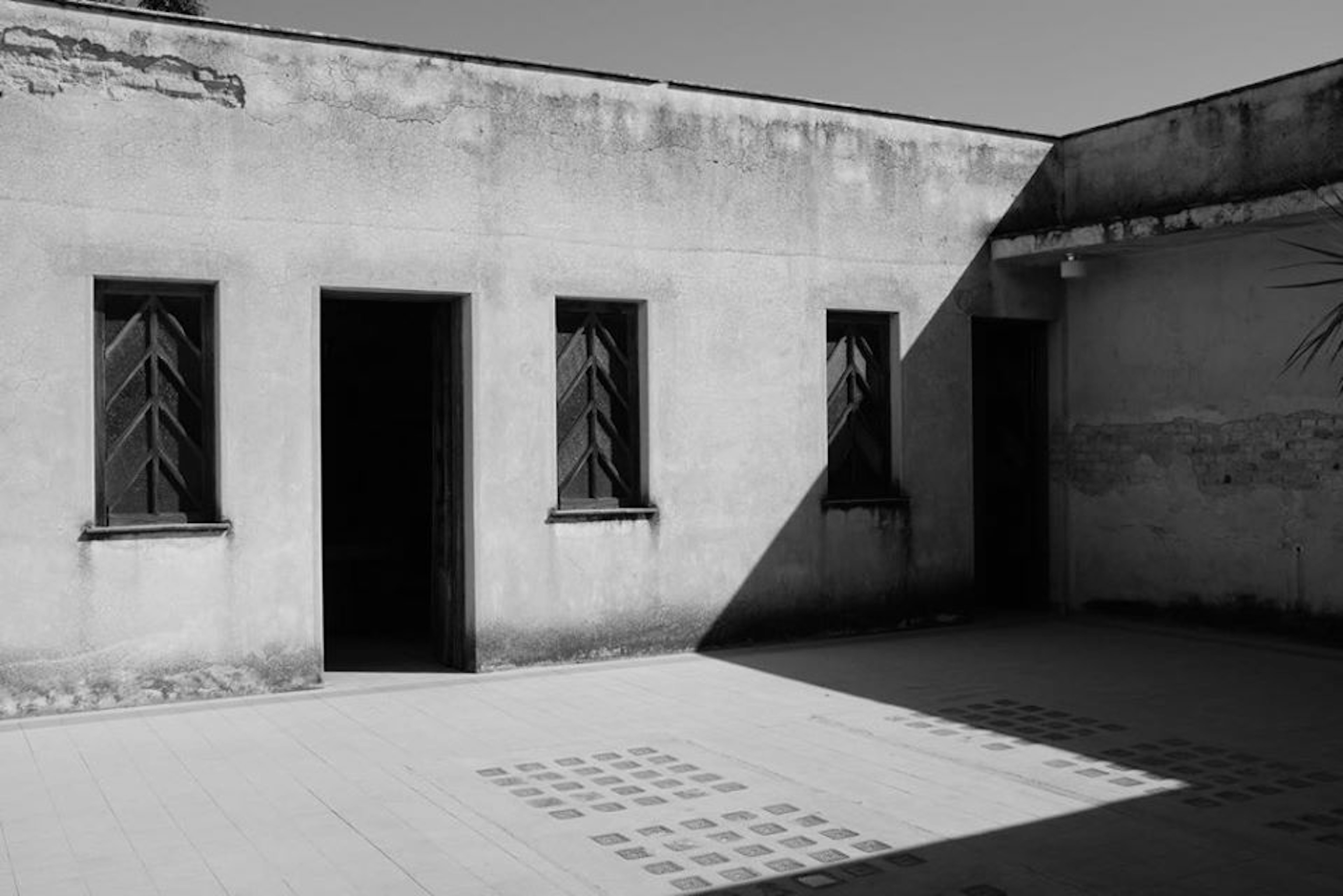Alejandro Almanza Pereda Sets Up a New Studio in MX through Alumni Grant

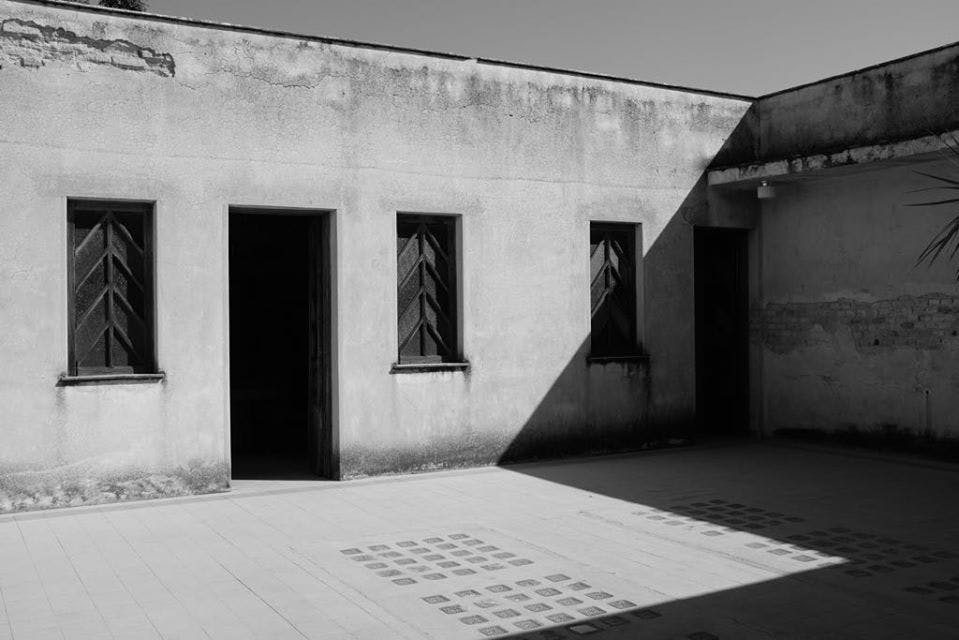
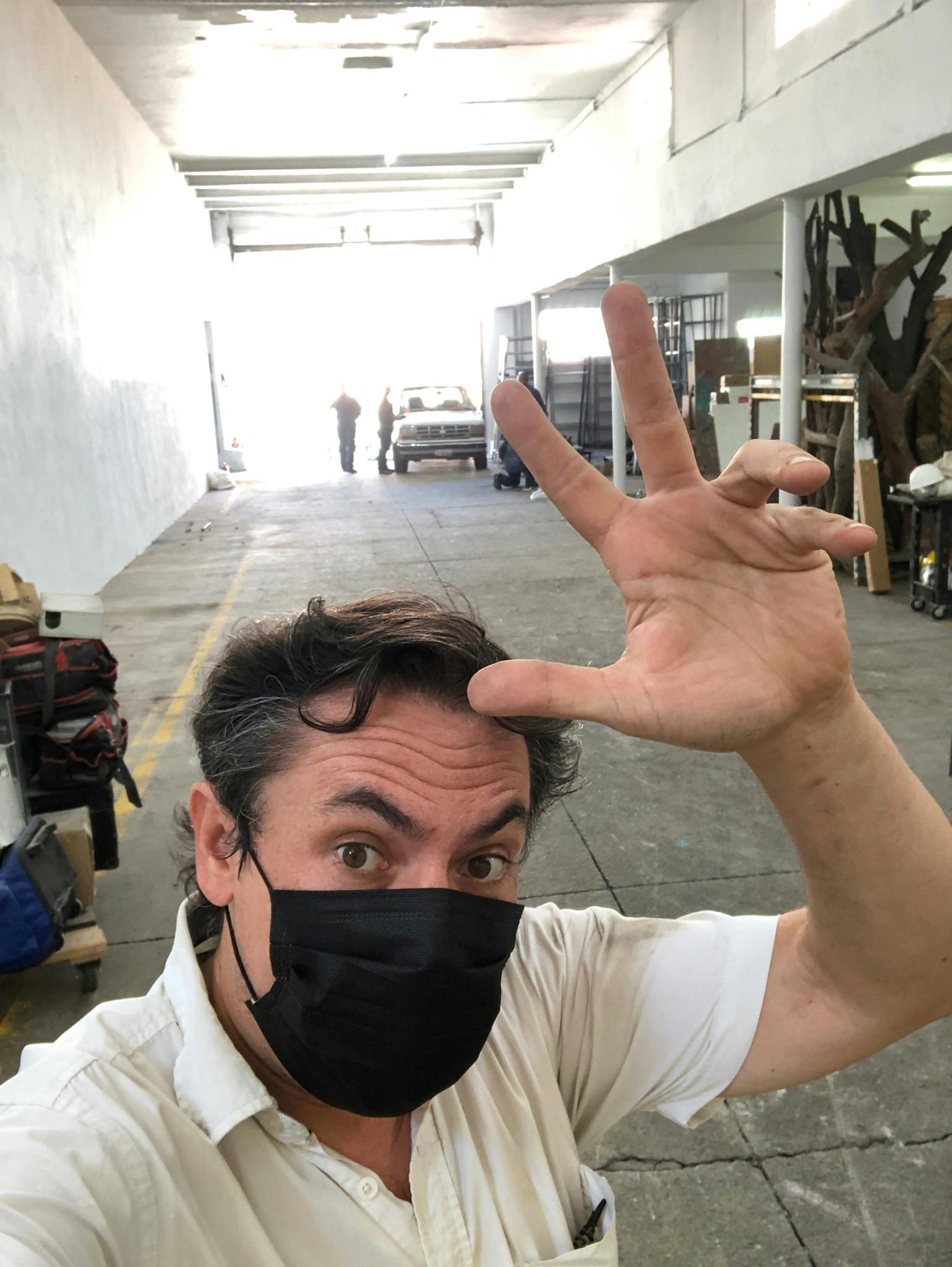
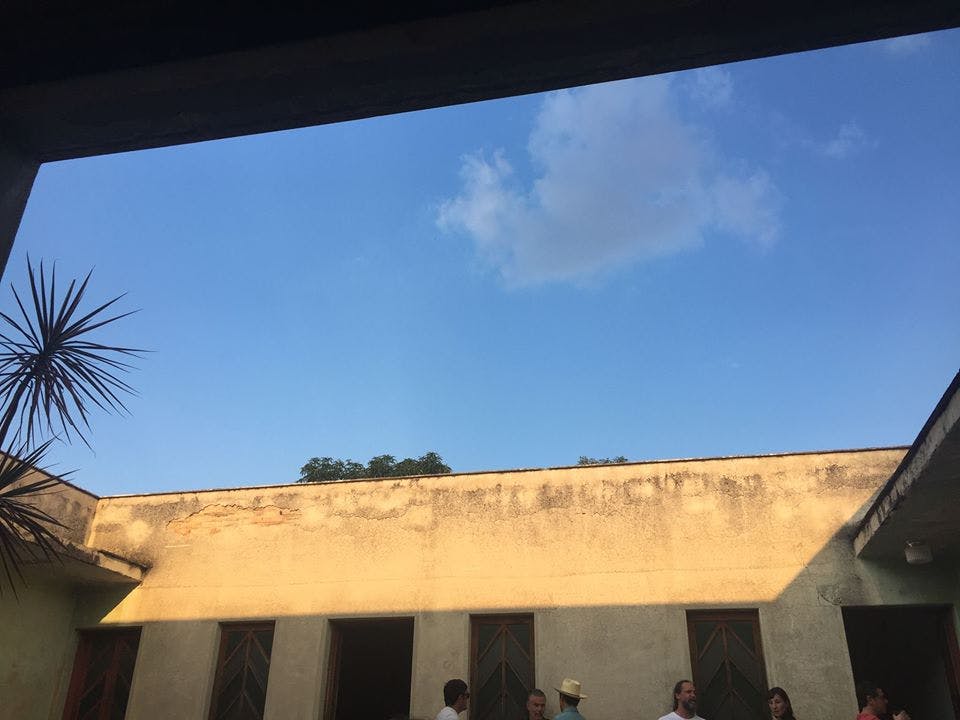
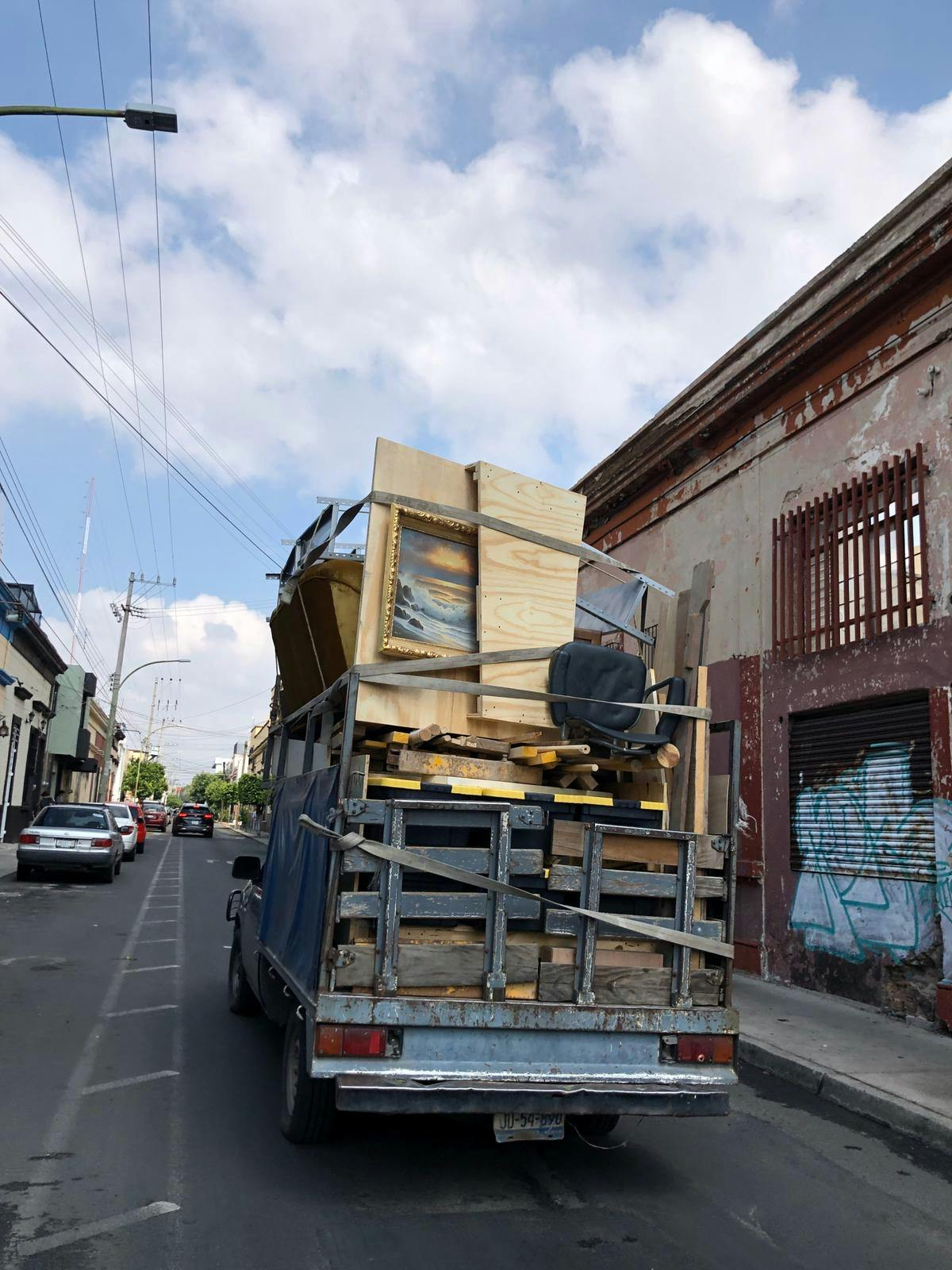
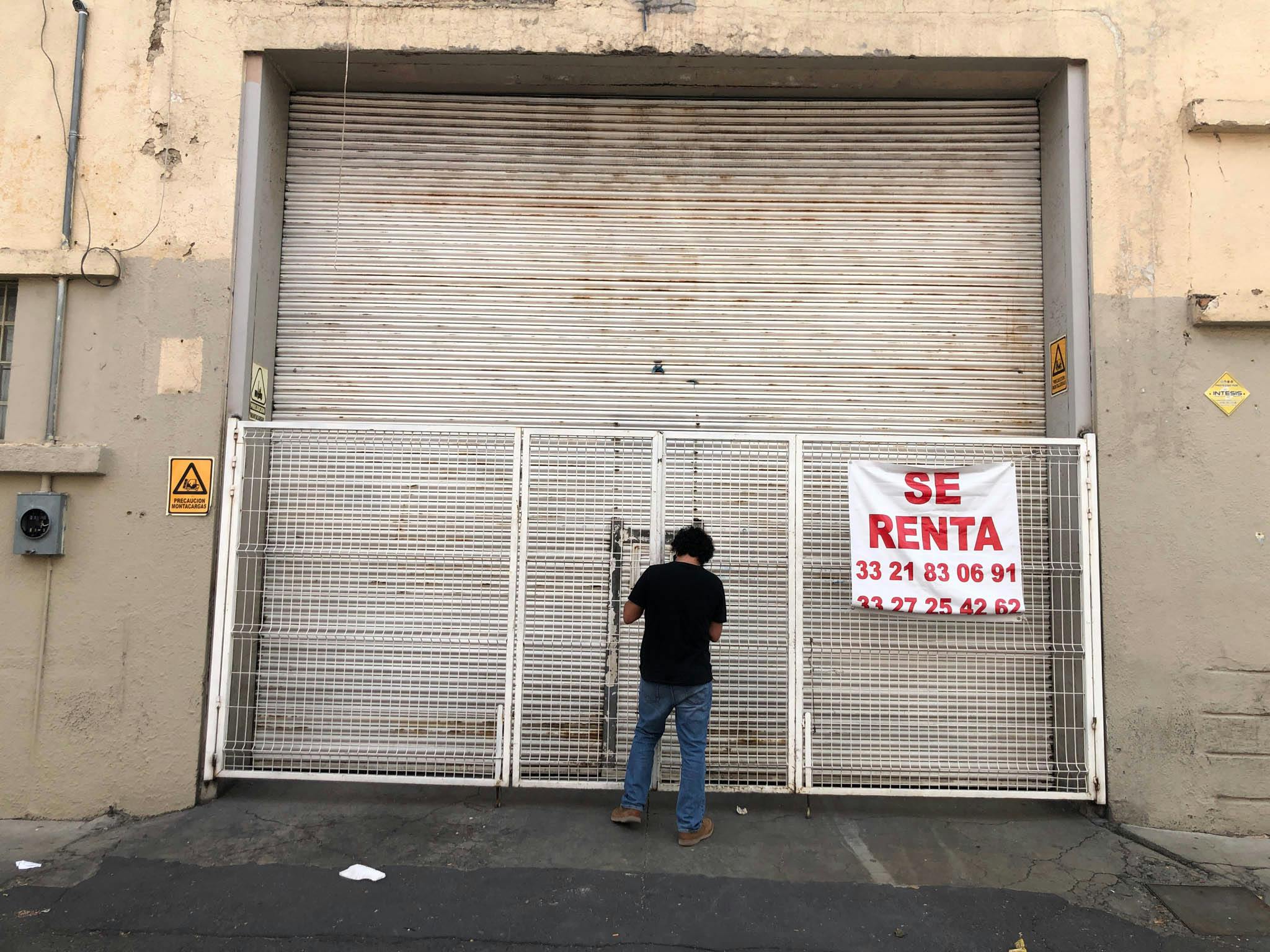
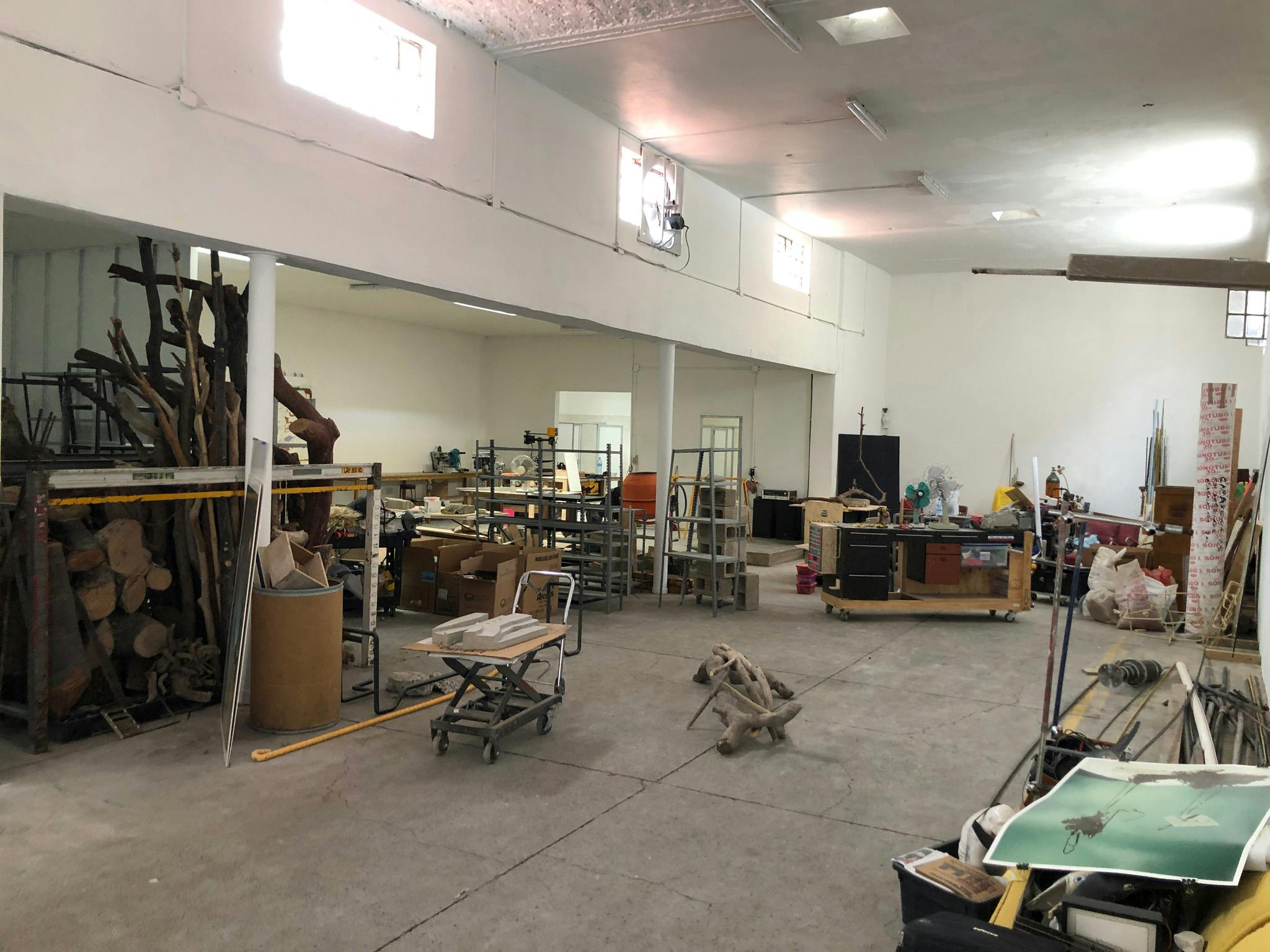

We spoke with 2018 Artist Fellow, Alejandro Almanza Pereda, about how he used his Alumni Grant to set up a new studio in Guadalajara, MX.
Alejandro Almanza Pereda Sets Up a New Studio in MX through Alumni Grant
Black Cube’s Alumni Granting Program is a continuation of the Artist Fellowship—a way for our organization to stay in touch with previous fellows and continue to support their practices. This program awards micro-grants annually to alumni who have an identified funding need that will somehow help advance their career. Funds received from grants may be used to support the production of new work, acquire equipment or materials, mitigate exhibition or residency fees, offset the cost of publishing, etc.
In previous years, we’ve produced physical projects with alumni. These alumni projects often took the form of a site-specific installation or exhibition and required admin assistance, fabrication support, curatorial guidance, and site procurement (you can see many of these projects in our archive here). As a young organization with a small staff, we decided to shift this opportunity from production to granting. This transition requires less organizational bandwidth, while still providing support to our alumni. Moreover, these micro-grants allow greater flexibility in how they can be used. This shift was partly influenced by the COVID-19 pandemic, which has greatly impacted the financial well-being of artists. In effort to remain committed to supporting our alumni during these challenging times (and moving forward), Black Cube awarded its first year of alumni grants.
Alejandro Almanza Pereda is one of four artists who received Black Cube’s 2020 Alumni Grant, which he applied towards setting up his new studio in Guadalajara. We interviewed Alejandro to hear more about his recent move, new shared studio space, and what’s in store for the future.
Black Cube: You recently applied and received Black Cube’s 2020 Alumni Grant, which you used to fund the move and setup of your new studio. You were forced to move out of your prior studio in Guadalajara, which you shared with a few other artists. Can you share a bit about your last studio? What was the story behind it?
Alejandro Almanza Pereda: Taller Los Guayabos was an initiative created three-and-a-half years ago with four artists and a pastry business owner—Octavio Abundez, Luis Villalobos, Gabriel Rico, Adriana Torres, and me. During my first studio search in Guadalajara, I stayed with Luis and Adriana for a week. I was looking for a space for both my studio and home. After several days, I noticed that the property down the block had a “For Sale” sign. I asked Luis about it and he told me that the sign had been there for a while; and that they had even tried calling to inquire about the property, but nobody ever answered. That night…with the help of some tequila…Adriana took the initiative to call and, to our surprise, somebody answered. That same night, we had an appointment to see the property the next day. The property had been abandoned for more than 30 years and belonged to a former Mayor of the city. The state of the house was surprisingly decent, but the back patio was overtaken by five Guayabos trees, a huge Mango tree, lots of rotten art deco furniture, and trash.
We gave them an offer of renting it for a low price, which also to our surprise, was accepted. Now, the challenge was to find money to get the property up a running. Octavio, Luis, and Gabriel actually had another shared studio with a similar situation. They came up with an innovative plan to enlist patrons to support the renovation of their studio. They contacted collectors from Guadalajara and offered them brand new pieces at a 50% discount or more in order to invest in a new studio.
We repeated this plan for our new studio space. We raised money to renovate the property into a working level, while respecting the patina of the 1930s house, which was built by Luis Barragan's brother. After 3 months of extensive labor, we got the space running. The space had extra rooms and a full bathroom, so I decided to live there as well. Having some extra rooms to spare, we offered the studio free of charge to a local artist that needed a studio.
This was the beginning of the Guayabos residency, which became a series of residencies that hosted more than 20 local and international artists, exhibitions, concerts, and lectures. It was a crazy endeavor, but worthwhile.
Recently, the property was inherited by a corporation that was not approachable at all. When we asked them to lower the rent or postpone it because of this pandemic, they increased it and gave us some demands of how the property had to be maintained. It was a hard decision, but we needed to let it go. All of us felt this property could have become a great cultural center for the city. Unfortunately, things went the other way.
After all this, we could not go without saying “goodbye” to a great legacy. So, we organized a final exhibition in mid-July that took over the entire property, including my apartment. We invited artists who were going to be in the next residencies or in future projects. We did the exhibition without an opening. We had strict visiting hours and limited to five people every 30-minutes in order to keep the state COVID-19 safety regulations. It was great to offer an exhibition to the community, especially at a time when museums had not opened. The response was beautiful. I have never seen people enjoy presential art so much. Visitors really took time to see the artworks.
BC: What’s your new studio like? What was it before it became your studio?
AAP: The new studio is a 1900s warehouse in a popular central neighborhood that started as a chocolate factory, then became a metalsmithing place. After that, it became a Coca-Cola distribution center.
This new space does not have the aesthetic qualities of my past studio (no amazing top and bottom patios). But, it does have much improved qualities that allow for better working situations—taller ceilings, better ventilation, 16-foot steel rolling gate, second floor offices, and a terrace.
BC: You’ve previously run artist residency programs out of your studio. Do you plan to continue similar programing at your new studio?
AAP: There is only one room available, which we would like to rent to an architectural or creative office in order to lower the rent. The rent now for us is double what we paid before, so we need to ease that cost for us.
Having a residency program and public exhibitions was a rewarding experience, but also a full-time job. We think we will take a break and focus on our work—although, we are part of a great cultural community, so we expect to be doing some collaborations with other spaces and people eventually.
BC: It seems like you often share studio space with other artists. Why is that? Is it simply because it helps financially, or does it fuel a more creative atmosphere?
AAP: I like to have people around me. It's nice to have company that is busy, that keeps you going.
Also, it is good to have personal time in the studio. I’ve had good luck with studio mates who respect that, so we have good guidelines to achieve boundaries.
I remembered when I first moved to Taller los Guayabos—I wanted to build sheetrock wall everywhere to keep my privacy—the rest of my studio mates were like “Are you crazy? You’ll destroy the space! Keep it open!”.
BC: How do you set your studio space up? Specific equipment or types of space? What is essential to your practice?
AAP: Studio planning is super exciting for me. I feel like a responsible architect who is really thinking about the client's needs. It’s also quite similar to when you have to move to a new house or a new city, which in my personal experience has been more than 30 times. So, you learn from it. But, it feels like there is always something that needs to change in order to get things up and running.
For my practice, it’s essential to be able to express my work. Then, comes all of the commodities. There is always a way to make work, maybe different from the way you have thought about it before, but there is always a way.
I think I can make work in any situation. But also, I think the value of finding the way of making your work better, more responsible, more enjoyable, safer, etc. is a great virtue. Well, this is the conceptual thing…but I have to say… the essential of my practice has been keeping things, so I have collected a lot of things…which has its consequences.
Here is a “to do” list for the new studio:
- Organize a little bit of the tools and materials.
- Set up the woodshop so we can build things that the new studio needs.
- Put up metal shelving to start organizing materials, objects, and tools.
- Set up ventilators.
- Finish up the dust/ wet room.
- Set up an organized and effective office.
- Make a good social leisure space.
- Test it, test it again, change things, improve things.
